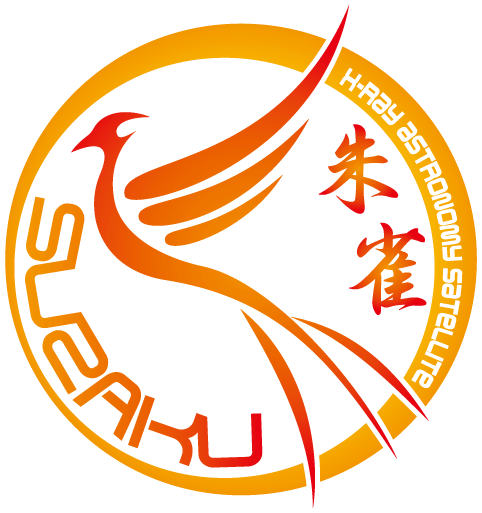ESA Suzaku Home - Suzaku
Suzaku - The fifth Japanese X-ray Astronomy Mission
|
Suzaku (previously called Astro-E2) was launched on 2005 July 10 by the Japan Aerospace Exploration Agency (JAXA) in collaboration with U.S. (NASA/GSFC and MIT) and Japanese institutes. Suzaku covers the energy range 0.3-600 keV and is currently performing astronomical observations using imaging CCD cameras (XIS) and a hard X-ray detector (HXD). The Japan Aerospace Exploration Agency (JAXA) decided to complete the scientific mission of the X-ray Astronomy Satellite "Suzaku" (ASTRO-EII) after carefully considering the condition of the satellite.
|
 |
- Removed a total of (2) style text-align:center;
- Removed a total of (1) cellpadding attribute.
- Removed a total of (1) cellspacing attribute.








































 Sign in
Sign in
 Science & Technology
Science & Technology